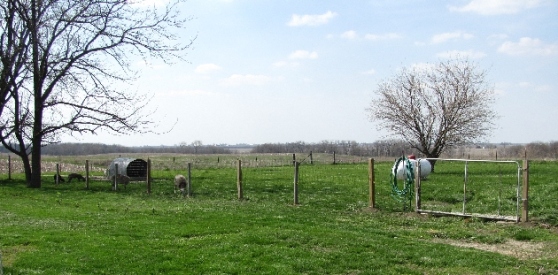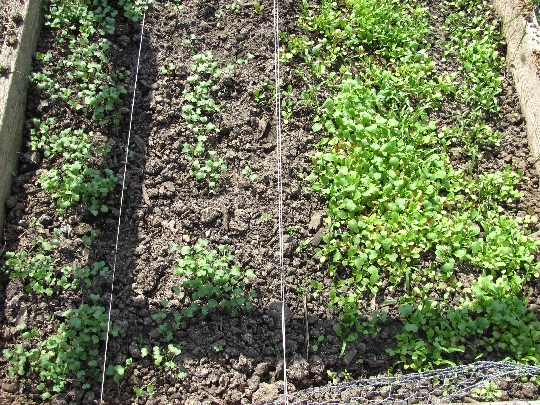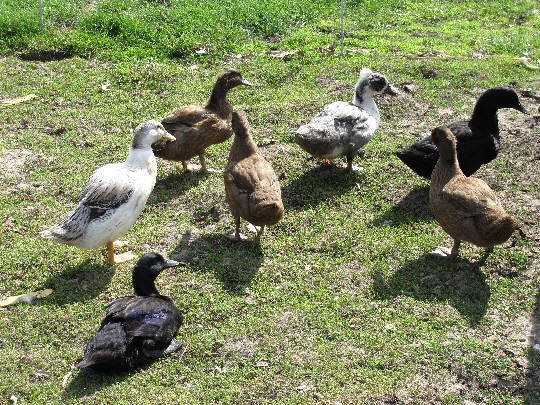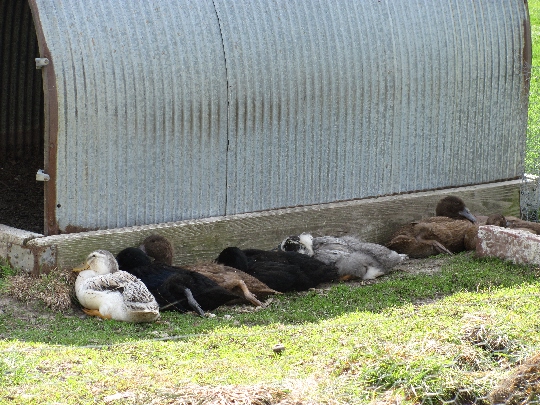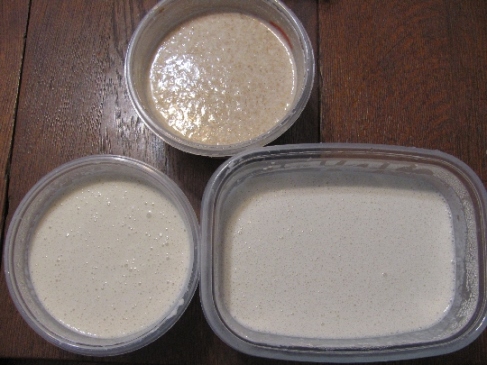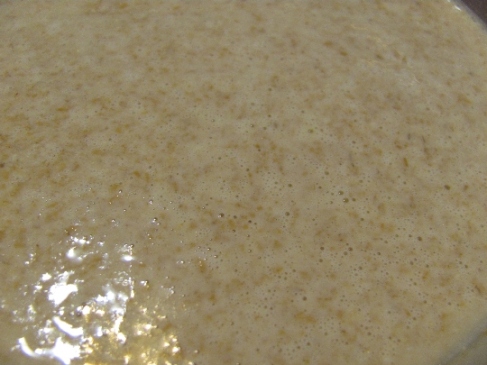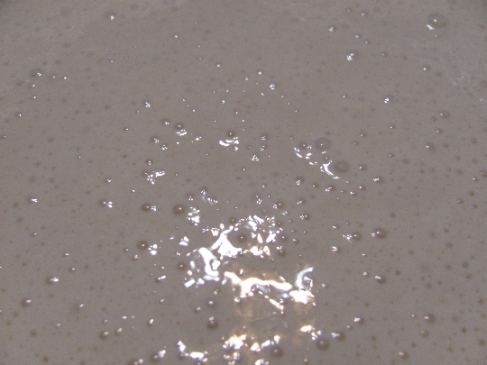So, if you’re anything like me, you may have a couple of children wandering along with you at the grocery, complaining about how looooong it takes to buy the food required to feed a small army. AND these distractions are a big reason you forget important little items.
Aw. Who am i kidding? If it’s not on the list it might as well not exist (and sometimes even when it IS on the list).
So, when I ran out of baking powder after making our last batch of pancakes I thought to myself, “Don’t forget to add baking powder to your grocery list!”
Then I promptly forgot.
Until this morning, when I opened the cupboard while the soundtrack of starving children moaned on and on in the other room, and I suddenly remembered I would not be finding any baking powder there.
But I did not throw in the towel. I knew there must be a substitute for baking powder. I considered adding another egg, but figured that would make the pancakes too dense & tough. So to my trusty laptop I raced!
A quick search revealed that I could create a suitable leavening agent by combining approximately 1 part baking SODA to 2 parts cream of tartar. What are the odds I would have cream of tartar, which I only use to make an occasional meringue, when I didn’t have baking soda, which I use about once a week?
Back to the cupboard where low & behold… A nice full jar of cream of tartar!
Now, I was a bit skeptical, but the resulting pancakes were so marvelously airy & just plain yummy, that I knew I could never go back to using baking soda. I may even start substituting the baking soda/tartar combo in my cookie recipes!
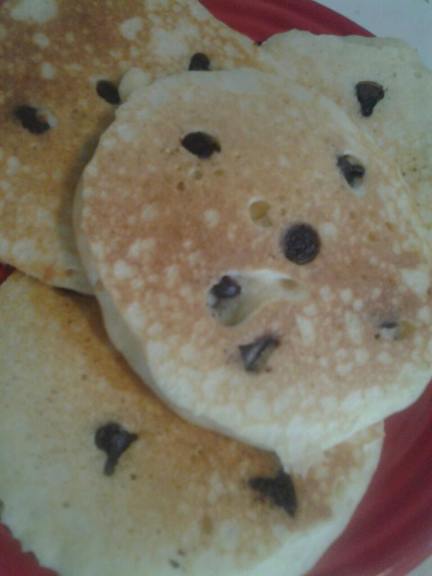
I added chocolate chips once I’d gotten each pancake on the griddle. The kids are no longer starving!
If you are interested in making your own Baking Powderless Pancakes, here’s my recipe:
2 1/2 c. Milk
6 T. Unsalted Butter
2 Eggs
3 c. Flour
2 T. Sugar
4 t. Cream of Tartar
2 1/2 t. Baking Soda
1 t. Salt
Cooking oil for your pan.
I heat the milk & butter just enough to melt the butter, and beat the eggs into the liquid mixture (temper the eggs if you got the milk & butter too hot). Combine dry ingredients and whisk in the liquids just enough to blend.
Oil your griddle and heat to ~375. Add batter by 1/4 c. fulls to your hot pan and flip when the bubbles begin to stay open in the middle and the edges start to lose their wet shine.
Add blueberries or chocolate chips if you like!
Using a quarter cup measure to dip out the batter should make about 36 palm sized pancakes.
Enjoy!



